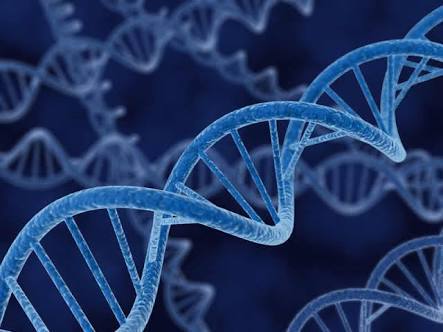
Understanding the diversity of dynamic structures and functions of DNA and RNA in biology requires tools that can selectively and intimately probe these biomolecules. Synthetic fluorescent nucleobases that can be incorporated into nucleic acids alongside their natural counterparts have emerged as a powerful class of molecular reporters of location and environment. They are enabling new basic insights into DNA and RNA, and are facilitating a broad range of new technologies with chemical, biological and biomedical applications. In this Review, we will present a brief history of the development of fluorescent nucleobases and explore their utility as tools for addressing questions in biophysics, biochemistry and biology of nucleic acids. We provide chemical insights into the two main classes of these compounds: canonical and non-canonical nucleobases. A point-by-point discussion of the advantages and disadvantages of both types of fluorescent nucleobases is made, along with a perspective into the future challenges and outlook for this burgeoning field.
Fonte:https://www.nature.com/articles/nchem.2859
Advertisements
Partilhar isto:
Like this:Like Loading...

